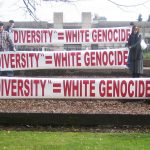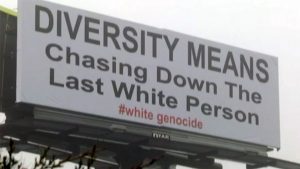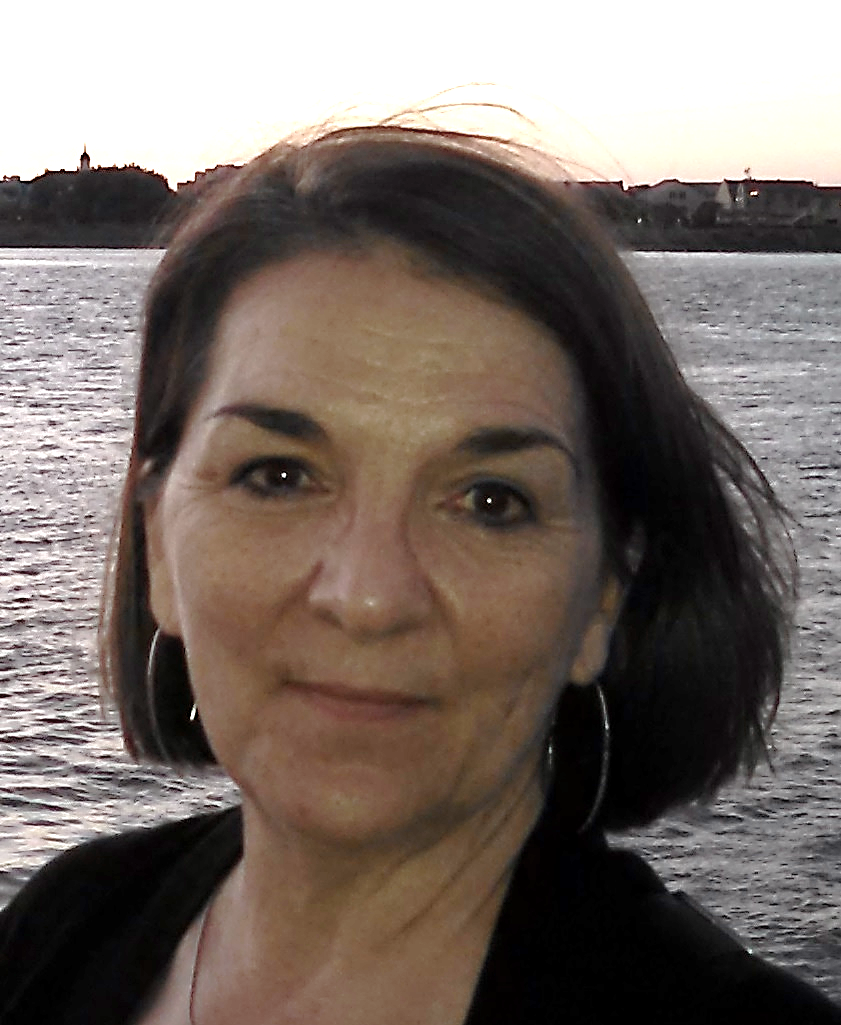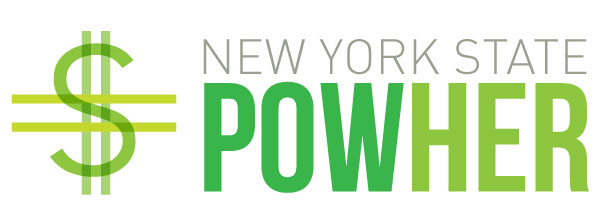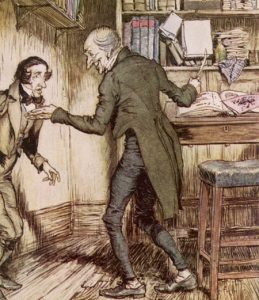What Difference Does Difference Make?
I have been asking this question for decades: What difference does difference make? It came to me when I was confronted by very privileged individuals who could not even imagine what life would be like for those who are not white, Christian, educated, socioeconomically secure, heterosexual, without a major disability, born in the USA, and for the most part, male. I needed to find ways to get through the resistance to inclusion, to create a bridge that would help those who were taught that difference is bad to cross the chasm from ignorance to inclusion. I needed to develop a methodology to help these people to unlearn the lies that they had been taught all of their lives: that they were not part of the problem of racism nor the cure; that all people who worked hard, followed the golden rule, and kept out of trouble would be able to be successful in American society; that affirmative action was unfair and helped those who were less capable, lazy, and did not deserve the jobs that they got; that the majority of Americans have not been victims of racism, sexism, antisemitism, homophobia, ableism, and other forms of hate; and that discrimination is not a cornerstone of privilege. I have been told hundreds of times by individuals who actively reinforced institutional racism and sexism that they were neither sexist nor racist. Usually, I was told this vehemently.
Intersectionality
With the announcement that Democratic Presidential candidate, Joe Biden selected Kamala Harris as his Vice-Presidential running mate, the internet and media worlds lit up with an incredible range of responses. Most of the statements, however, have not focused on Ms. Harris’ political position on various matters. Most of the statements have focused on her gender, race, or ethnicity, in other words, her intersectionality. As the first woman of Indian and Jamaican descent to be nominated (presumed at the time of this writing) Vice Presidential candidate by one of the two major political parties in the United States, comments regarding Ms. Harris’ intersectionality have abounded. Kamala Harris identifies as a Black woman. She is representative of millions of Americans of mixed ‘race’ and ethnicity. Many of us were deeply, positively impacted by having a President who was of mixed race when we elected President Barack Obama. Now, we have that opportunity again. The opportunity is to normalize and embrace our intersectionality rather than engage in debates over how Black or how Indian Ms. Harris is. At Inclusion Strategy Solutions LLC, we discuss intersectionality in many of our workshops. I, for example, cannot dissect my intersectionality. I cannot only be a woman today, without being a person who is in her 60s, or someone who is half Puerto Rican and half Irish descent. All of my distinct demographic identities combine to make me who I am. They have always shaped and impacted how others see me, respond to me, and treat me. I am the sum of my parts. I am the sum of my experiences and perceptions. I do not need to be aware of the cause and effect of those perceptions for them to exist. I, like Kamala Harris, am among the ‘offspring of the colonial embrace’ – a phrase first coined by Paul Scott, author of The Jewel in the Crown. We have European, African, Asian, and Native American DNA to varying degrees. Kamala Harris is not Indian or Jamaican or African or European, she is American, very American. I love Aurora Levins Morales’ poem, “Child of the Americas” for this specific reason: we are new and cannot go back to those elements of which we are comprised.
Is the Candidate Qualified?
We have an opportunity to pay attention to how we describe and define each other. Kamala Harris is many things as a human being. The most important things that we need to focus on in determining if she should be the next Vice President of the United States, is her qualifications for the position. As a Senator, a former State Attorney General, and a former District Attorney, Ms. Harris clearly meets the qualifications of a dedicated public servant who knows the law and has navigated the pressures incorporated in the positions that she has held.
This is not a political endorsement, but rather an illustration of the recommendations that we make to our clients on a regular basis. When asked for assistance with increasing diversity in organizations, especially at the leadership level, we are often given the proviso that the candidates need to be qualified. My consistent response is that you should never even interview a candidate who does not meet or exceed the qualifications for the position, even if the candidate is a white male. I will further argue that, based on the adversity that Ms. Harris has had to contend with as the child of a Black man and a brown woman, both immigrants, she is more qualified than one who has had a life of privilege. Privilege, for anyone who bristled when reading the previous sentence, does not mean that your life is free of grief or adversity, but that people of color, especially women of color have to deal with all of those things on top of the double edged sword of living in a world rife with racism and sexism.
Representation
When I think about the question: What difference does difference make? The answer to me is obvious: Difference makes a tremendous difference! I did not have a single Puerto Rican teacher until I was in college and did not have any Puerto Rican professors in graduate school. This is astonishing to me still as one who was born and raised in New York City. I had a Puerto Rican baseball coach as an adolescent and he provided me with an incredibly positive role model as a man of color who, despite tremendous odds, achieved his master’s degree. Kamala Harris represents so many people who are not accustomed to seeing people like themselves in positions of power. She represents so many people whose parents came to the United States because of its reputation as a democracy where anyone, everyone has an opportunity to succeed. That representation also means that issues of importance to women, Black people, children of immigrants, people of mixed race and heritage, have a greater likelihood of their concerns and issues being addressed.
To those who are threatened by difference, I want you to think about your role models, mentors, teachers, influencers. Who in your world has held a mirror up to you so that you can see your future self? Who has created a bridge for you to cross from poverty to economic stability? Who shared stories of overcoming obstacles so that you could have hope of a better, brighter future? Those of us who are the majority of the human beings on this planet have had too few of those representatives. Kamala Harris has not been successful because she is a woman of color, but despite being a woman of color who had to and continues to overcome barriers that most white people cannot even begin to imagine. Representation matters. History matters. If we are to create a future based on equity and inclusion, difference matters.
Onward!
Wendy Amengual Wark
Partner
Inclusion Strategy Solutions LLC
New York City
August 16, 2020
Wendy@InclusionStrategy.com
www.InclusionStrategy.com

